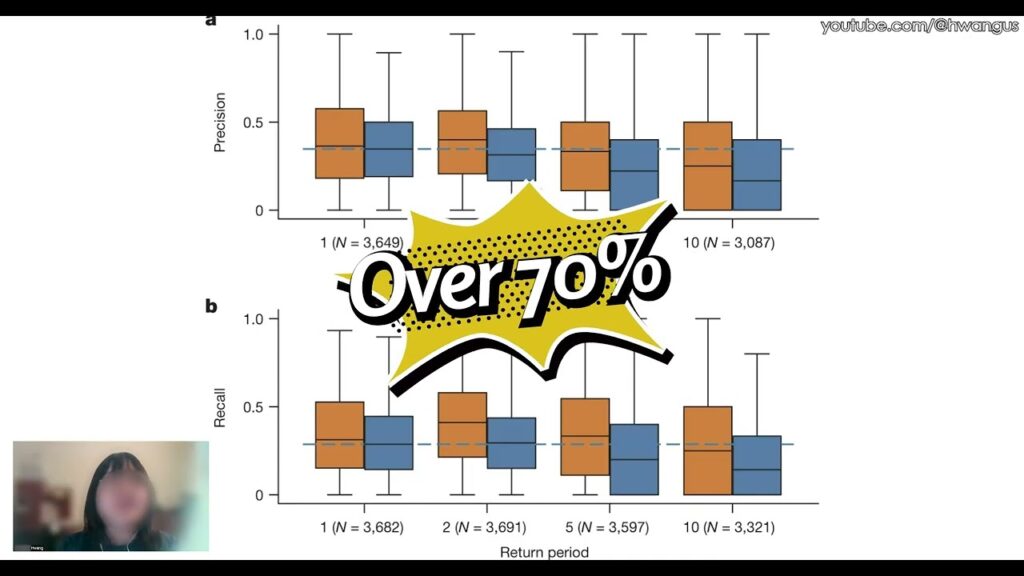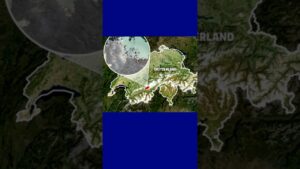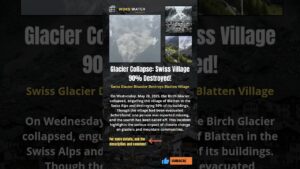
Presentation on the Spring 2025 semester
Abstract:
As the intensity and frequency of climate-related disasters increase, advancements in predicting extreme weather events are becoming essential. Traditional forecasting methods, including statistical tools such as General Circulation Models (GCMs) and time-series analysis techniques like ARIMA, face challenges such as high computational costs, limited spatial resolution, and sensitivity to initial data. This presentation video explores the role of Artificial Intelligence (AI) and Machine Learning in improving disaster prediction, with a focus on flood forecasting. In particular, this video analyzes case studies such as Google’s AI-based flood forecasting system.
References:
Dilley, M. & Chen, R.S. & Deichmann, U. & Lerner-Lam, A. & Arnold, M. & Agwe, J. & Buys, P. & Kjekstad, O. & Lyon, Bradfield & Yetman, Greg. (2005). Natural disaster hotspots: A global risk analysis. World Bank Disaster Risk Management Series. 5. 1-132. 10.1007/978-3-322-82113-3_1.
Faheid, D. (2024, June 23). ‘Catastrophic flooding’ in Upper Midwest prompts evacuations as record-breaking heat wave broils the West and mid-Atlantic. CNN Weather.
Matias, Y. (2023, May 24). Helping more people stay safe with flood forecasting. Google.
Nearing, G., Cohen, D., Dube, V., Gauch, M., Gilon, O., Harrigan, S., Hassidim, A., Klotz, D., Kratzert, F., Metzger, A., Nevo, S., Pappenberger, F., Prudhomme, C., Shalev, G., Shenzis, S., Tekalign, T. Y., Weitzner, D., & Matias, Y. (2024). Global prediction of extreme floods in ungauged watersheds. Nature, 627(8004), 559–563.
source



